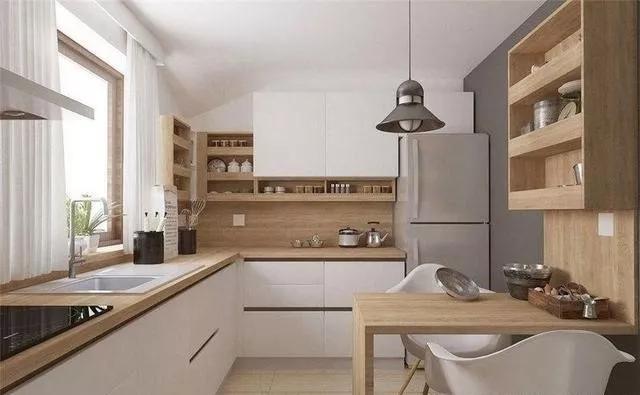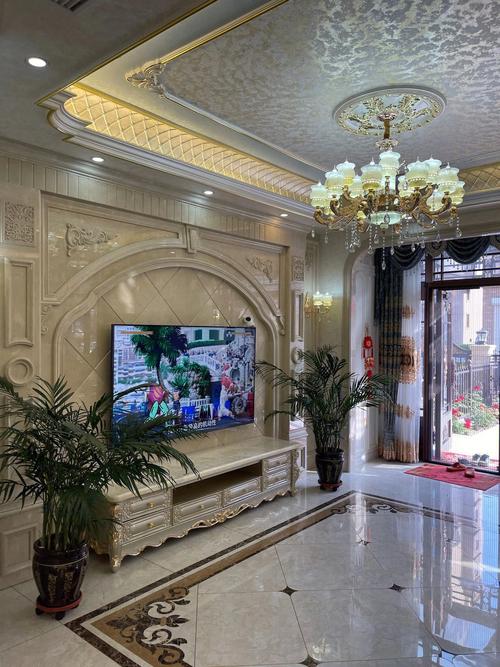2024年9月25日发(作者:土巴兔装修网官网商家登录)
多层板的铺装工艺流程
英文回答:
The process of multilayer board assembly involves
several steps to ensure the proper functioning of the
circuit board. Here is a general outline of the process:
1. Design: The first step in multilayer board assembly
is the design phase. This involves creating a layout of the
circuit board, including the placement of components and
the routing of traces.
2. Material selection: Once the design is finalized,
the next step is to select the materials for the multilayer
board. This includes choosing the appropriate substrate
material, copper foils, and prepreg materials.
3. Panelization: In order to optimize production
efficiency, multiple boards are usually assembled together
on a larger panel. This process is known as panelization.
The panel is then divided into individual boards after
assembly.
4. Inner layer processing: The inner layers of the
multilayer board are processed first. This involves
cleaning the copper surfaces, applying a layer of
photosensitive material (photoresist), and then exposing
the inner layer patterns using a photomask and UV light.
5. Etching: After the inner layer patterns are exposed,
the board is etched to remove the unwanted copper. The
remaining copper forms the conductive traces that connect
the components.
6. Drilling: Once the inner layers are processed, the
board is drilled to create holes for component mounting and
electrical connections between layers. The holes are then
plated with copper to ensure conductivity.
7. Outer layer processing: The outer layers of the
multilayer board are processed similar to the inner layers.
The outer layer patterns are exposed and etched to create
the desired circuitry.
8. Plating: After the outer layer patterns are etched,
the board undergoes a plating process to add a layer of
copper to the exposed traces and pads. This improves the
conductivity and durability of the board.
9. Solder mask application: A solder mask is applied to
the board to protect the copper traces and prevent solder
bridges during component soldering. The solder mask is
typically green in color, but other colors can also be used.
10. Surface finish: The final step in the multilayer
board assembly process is the application of a surface
finish. This is a protective coating applied to the exposed
copper surfaces to prevent oxidation and improve
solderability.
中文回答:
多层板的铺装工艺流程包括以下几个步骤,以确保电路板的正
常工作:
1. 设计,多层板铺装的第一步是设计阶段。这包括创建电路板
的布局,包括元件的放置和线路的布线。
2. 材料选择,设计确定后,下一步是选择多层板的材料。这包
括选择适当的基板材料、铜箔和预浸材料。
3. 分板,为了优化生产效率,通常会将多个电路板组装在一个
更大的板上。这个过程被称为分板。在组装完成后,板材被分割成
单独的电路板。
4. 内层处理,首先处理多层板的内层。这包括清洁铜表面,涂
覆一层光敏材料(光阻),然后使用光掩膜和紫外线照射来暴露内
层图案。
5. 蚀刻,在内层图案暴露后,板材经过蚀刻,以去除多余的铜。
剩余的铜形成连接元件的导电线路。
6. 钻孔,内层处理完成后,对板材进行钻孔,以便安装元件和
在层间建立电连接。孔隙然后被镀上铜,以确保导电性。
7. 外层处理,多层板的外层处理类似于内层处理。外层图案被
暴露和蚀刻,以创建所需的电路。
8. 镀金,外层图案蚀刻完成后,板材经过镀金处理,将一层铜
添加到暴露的线路和焊盘上。这提高了板材的导电性和耐久性。
9. 焊膏应用,在板材上涂覆焊膏,以保护铜线路并防止元件焊
接时的焊接桥接。焊膏通常为绿色,但也可以使用其他颜色。
10. 表面处理,多层板铺装工艺的最后一步是施加表面处理。
这是一种应用于暴露的铜表面的保护涂层,以防止氧化并改善焊接
性能。
更多推荐
处理,板材,多层板,线路,材料








发布评论